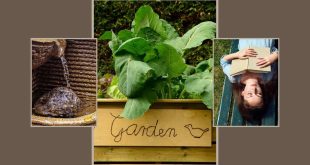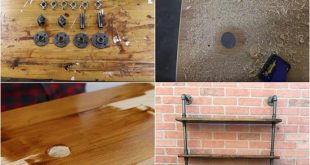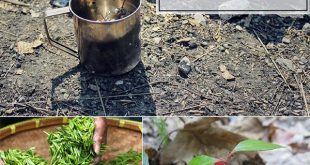How to Make Acorn Flour + Recipe
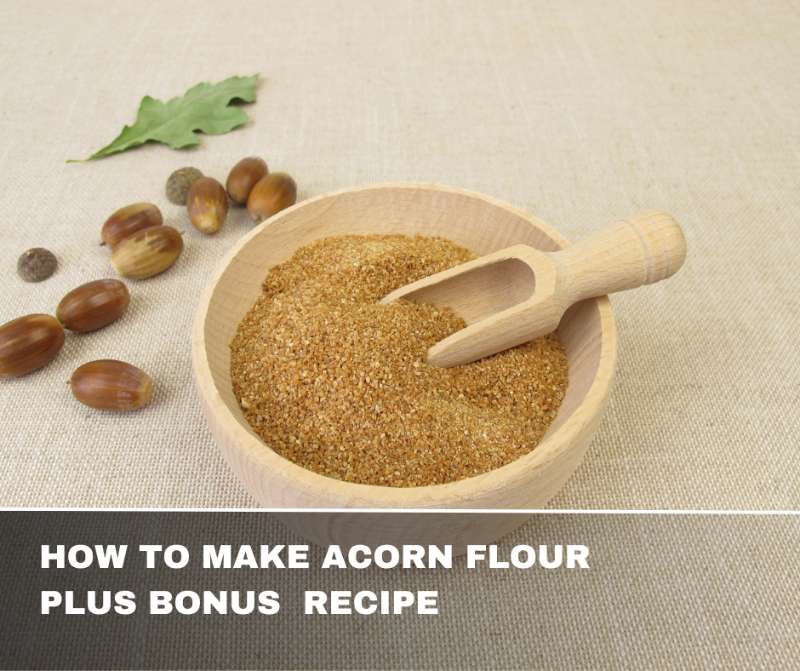
Acorn flour, a traditional ingredient used by indigenous communities for centuries, is a nutritious and versatile alternative to conventional flours. From foraging for acorns to crafting delectable treats, this article provides a comprehensive guide to making acorn flour and a delightful recipe to savor its flavors. Embarking on a culinary adventure that takes you back to the roots of nature’s offerings can be truly rewarding.
Finding and Collecting Acorns:
Acorns can be found in various types of oak trees, which are prevalent across North America, Europe, and Asia. Late summer and early autumn are the prime seasons for harvesting mature acorns. Look for trees in parks, forests, and even your own backyard. Choose acorns that are relatively large, plump, and free of cracks or holes. It’s important to collect a sufficient quantity to yield enough flour for your culinary experiments.
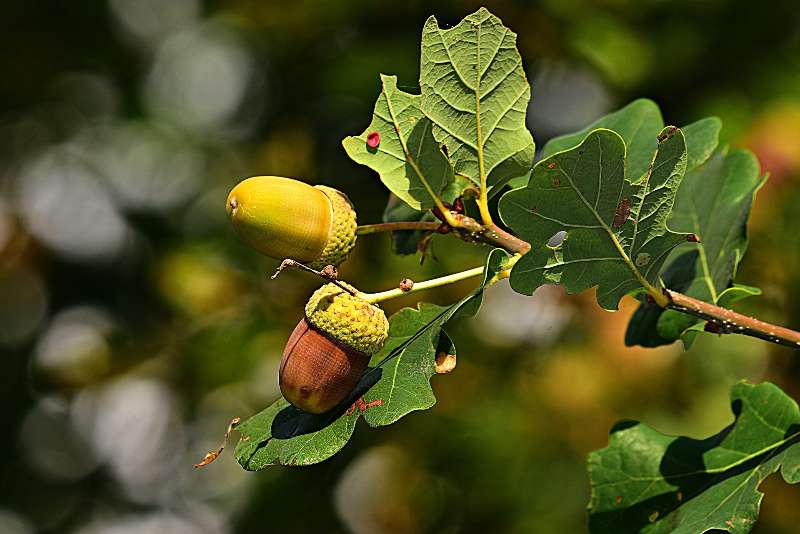
Cleaning the Acorns:
Once you’ve collected your acorns, it’s crucial to clean them thoroughly. Begin by removing the caps and any debris attached to the acorns. Submerge them in a bowl of water and discard any that float, as they may be infested or spoiled. Give the acorns a gentle scrub to ensure they’re clean and free from dirt.
Leaching the Tannins:
Acorns contain bitter tannins that need to be leached out before the acorns can be turned into flour. Tannins can make the flour taste bitter and astringent. There are two primary methods for leaching acorns:
- Water Method: Place the cleaned acorns in a large pot and cover them with cold water. Bring the water to a boil and let it simmer for about 15 minutes. Drain the water, then repeat the process two or three more times until the acorns taste less bitter.
- Cold Water Leaching: This method takes a bit longer but can be gentler on the acorns. Place the cleaned acorns in a mesh bag or cheesecloth and submerge them in a container of cold water. Change the water daily for about a week, tasting the acorns periodically to check for bitterness reduction.
Grinding Acorns into Flour:
After leaching, dry the acorns thoroughly by spreading them on a baking sheet and placing them in an oven set to its lowest temperature. Once they are completely dry, you can grind them into flour using a food processor, coffee grinder, or specialized grain mill. The resulting flour will have a slightly nutty flavor and can be used in a variety of recipes.
Recipe: Acorn Flour Brownies:
Now that you have your acorn flour, let’s put it to use in a delightful dessert recipe: Acorn Flour Brownies.
Ingredients:
- 1 cup acorn flour
- 1/2 cup cocoa powder
- 1/2 teaspoon baking powder
- 1/4 teaspoon salt
- 1/2 cup butter, melted
- 1 cup granulated sugar
- 2 eggs
- 1 teaspoon vanilla extract
- 1/2 cup chopped nuts (optional)
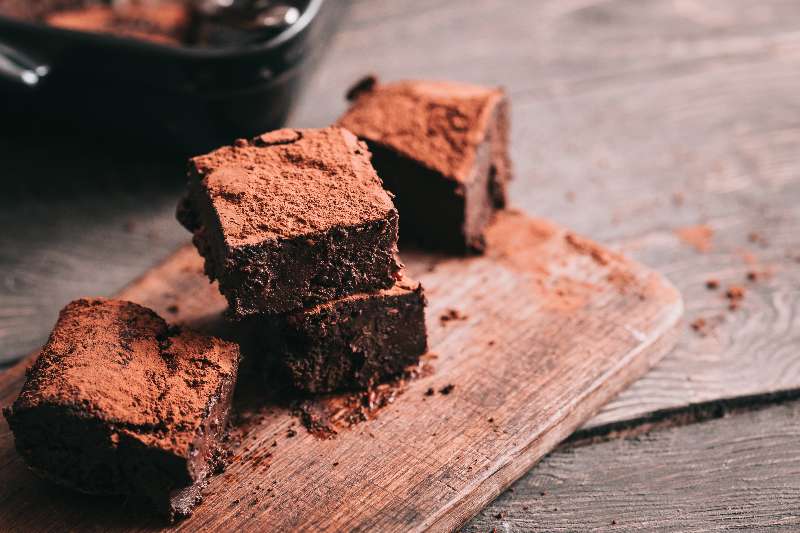
Instructions:
- Preheat your oven to 350°F (175°C) and grease a baking pan.
- In a bowl, whisk together the acorn flour, cocoa powder, baking powder, and salt.
- In another bowl, mix the melted butter and sugar until well combined.
- Add the eggs and vanilla extract to the butter-sugar mixture and mix until smooth.
- Gradually add the dry ingredient mixture to the wet mixture, stirring until just combined.
- If desired, fold in the chopped nuts.
- Pour the batter into the prepared baking pan and spread it evenly.
- Bake in the preheated oven for about 25-30 minutes, or until a toothpick inserted into the center comes out with a few moist crumbs.
- Allow the brownies to cool before cutting and serving.
Creating acorn flour from scratch is a journey that connects you with the land and its natural offerings. By following these steps to gather, prepare, and use acorns, you can unlock a unique and nutritious ingredient for your culinary endeavors.
The Acorn Flour Brownies recipe is just the beginning—experiment with incorporating acorn flour into various dishes and experience the earthy flavors and historical significance it brings to your table.
 Home and Gardening Ideas At home and Gardening ideas we believe inspiring readers about homesteading, self sufficiency
Home and Gardening Ideas At home and Gardening ideas we believe inspiring readers about homesteading, self sufficiency

